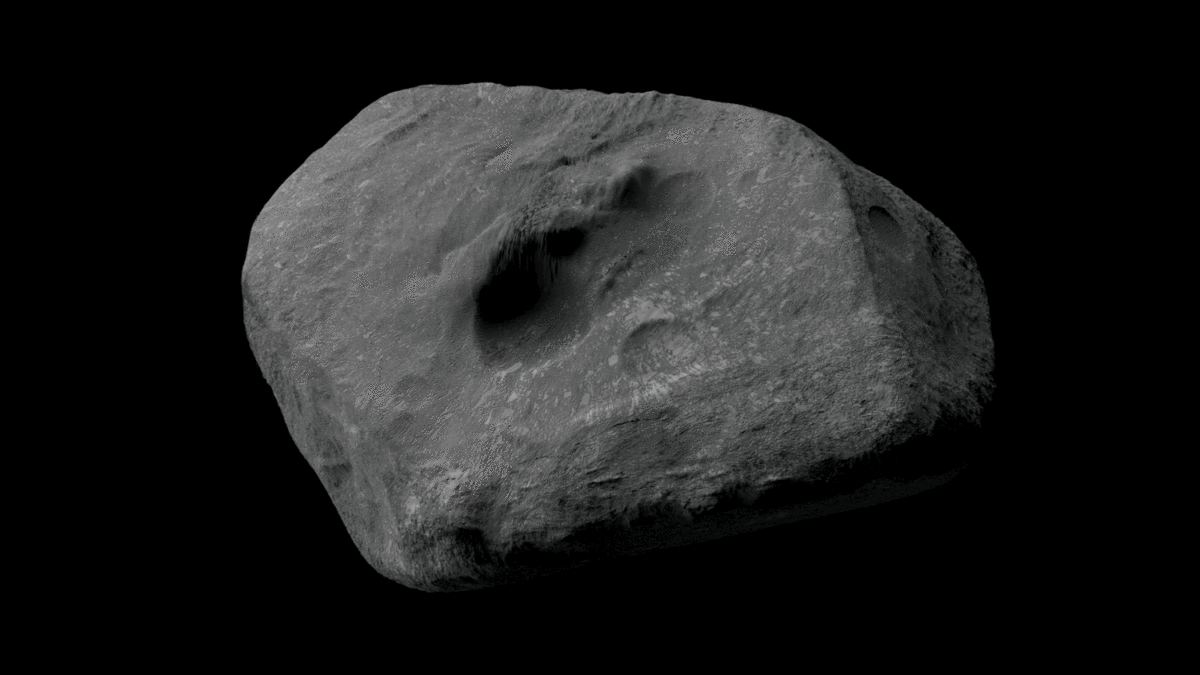The odds of an asteroid the size of a 10-story building slamming into the Moon in 2032 have risen slightly, according to NASA. On June 5, the agency announced that Asteroid 2024 YR4 now has a 4.3% chance of lunar impact—up from 3.8%.
This infamous space rock caused quite a stir earlier this year when initial data suggested it could collide with Earth in about eight years. But as scientists gathered more data, it became clear that this asteroid posed no threat to our planet. There’s still a chance, however, that 2024 YR4 could hit the Moon. New observations from the James Webb Space Telescope allowed scientists to refine the asteroid’s orbit, leading to this tiny increase in the odds of a lunar impact.
“As data comes in, it is normal for the impact probability to evolve,” NASA’s announcement states.
When the Asteroid Terrestrial-impact Last Alert System (ATLAS) in Chile first discovered 2024 YR4 in December 2024, NASA flagged it as a potentially hazardous object almost immediately. Initial calculations indicated that this asteroid had about a 1% chance of hitting Earth on December 22, 2032. Over the next few weeks, those odds alarmingly climbed to nearly 3% before ultimately settling back down to zero by late February.
At the time it was discovered, 2024 YR4 was roughly 515,116 miles (829,000 kilometers) from Earth. Since then, it’s moved farther away. By mid-April, the asteroid was too distant to be observed by ground-based telescopes. It won’t make another close approach to Earth until June 2028, but Webb’s infrared capabilities allowed scientists to observe this space rock for about a month after it drifted beyond the reach of terrestrial technology.
Researchers led by Andy Rivkin, a planetary astronomer at the Johns Hopkins Applied Physics Laboratory, have been using Webb’s Near-Infrared Camera to observe 2024 YR4 and assess its damage potential, even as it moved away from view. In May, they captured one last observation of this space rock before it disappeared behind the Sun. This additional data improved their prediction of where the asteroid will be on December 22, 2032 by 20%, according to NASA.
The odds of 2024 YR4 colliding with the Moon are still (relatively) low. And even if it does crash into the lunar surface, the impact would not alter the Moon’s orbit, NASA states. Webb’s observations have also helped researchers refine measurements of the asteroid’s size, finding that it is approximately 174 to 220 feet (53 to 67 meters) wide, which is relatively small for an asteroid. A direct hit would likely result in nothing more than a new crater.
But that’s not to say this event wouldn’t be significant. Anticipating a lunar impact would give scientists a rare opportunity to observe a crater being formed in real-time, assuming it hits the Moon’s Earth-facing side. And even though 2024 YR4 no longer poses any risk to our planet, discovering it allowed scientists to practice planetary defense strategies, which could prove to be life-saving someday.
NASA is already making plans for when the asteroid swings back by Earth in 2028, according to the June 5 statement. More observations from both ground-based telescopes and Webb could help scientists gather more information about the asteroid’s shape and composition, which are important elements of its behavior and potential impact effects. Until then, we’ll just have to wish this troublemaking space traveler farewell.
Read the full article here











